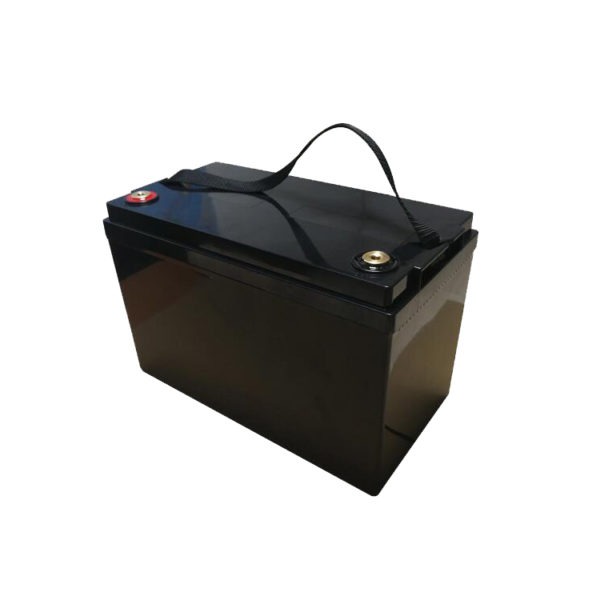Daily maintenance of the 12V 100AH UPS battery
1. Check the battery regularly. If you find any contamination such as dust, please clean it with water or a cloth soaked in warm water. Do not use organic solvents such as petrol, banana water or oil for cleaning, and prevent the use of chemical fibre cloths.
2. If the total voltage or the indicator value of the voltmeter on the indicator panel deviates from the reference value shown in the table below (0.05V/single cell) during the battery charging process when floating, investigate the cause and take action.
Factors affecting the life of the 12V 100AH UPS battery
Even if the UPS uses the same battery technology, battery life varies considerably from manufacturer to manufacturer, which is important to the user because of the high cost of battery replacement (approximately 30% of the UPS price). Battery failure can reduce the reliability of the system and is a very annoying thing.
1. Temperature effects
Temperature has a significant impact on the natural ageing process of batteries. Detailed experimental data shows that for every 5 degree Celsius rise in temperature, battery life decreases by 10%, so UPS’s should be designed to keep the batteries as warm as possible. All online and hybrid back-up/online UPS’s generate more heat than back-up or online interactive UPS’s (hence the need to install fans in the former) and this is a major reason why back-up or online interactive 12V 100AH UPS battery replacement cycles are relatively long.
2. Charging impact
The battery charger is a very important part of the UPS and the charging conditions of the battery have a great impact on the battery life. If the battery has been in a constant voltage or floating electrical charging state, the 12V 100AH UPS battery life can be maximised. In fact the battery life is much longer when it is charged than when it is simply stored. Because battery charging slows down the natural ageing process of the battery, the UPS should be kept charged whether it is in operation or out of service.
3, voltage impact
The battery is a single primary cell, each with a voltage of approximately 2 volts, and the primary cells are connected in series to form a higher voltage battery, a 12 volt battery consisting of 6 primary cells, a 24 volt battery consisting of 12 primary cells, etc. When the UPS battery is charged, each primary cell connected in series is charged. A slight difference in the performance of the primary batteries will result in some of them being charged at a higher voltage than others, and this part of the battery will age prematurely. As soon as the performance of one of the primary cells connected in series decreases, the performance of the whole battery will also decrease. When the UPS capacity is one, the battery voltage should be as low as possible when designing, so that the 12V 100AH UPS battery life is longer. Do not choose a battery with a large number of low voltage primary cells in series. Some manufacturers of UPS battery voltage is relatively high, this is because the capacity of a time, the higher the voltage, the smaller the current, you can choose a thinner wire and power smaller semiconductor, thus reducing the cost of UPS. Capacity of about 1KVA UPS battery voltage is generally 24 to 96V.
4, the impact of current
Ideally, in order to extend the life of the 12V 100AH UPS battery, the battery should always be kept in a floating charge or constant voltage charge state. This state of electrical state, a fully charged battery will absorb very little charger current, it is called floating or self-discharge current. Despite what battery manufacturers recommend, some UPS designs (many in-line) subject the battery to some additional small current called ripple current. Ripple current occurs when the battery is continuously supplying power to the inverter because, according to the principle of conservation of energy, the inverter must have an input of DC power in order for the AC output to occur. This creates a small charge/discharge cycle for the battery, with the charge/discharge current at twice the frequency of the UPS output (50 or 60 Hz).
A normal back-up, online interactive or back-up/ferromagnetic UPS will not have ripple currents, other designs will have ripple currents of varying size, depending on the specific design method. A simple examination of the UPS construction diagram will give you an idea of whether the UPS will experience ripple currents.
If the battery of an on-line UPS is between the charger and the inverter, then the battery will have ripple current, which is common with double conversion UPS’s. If the battery is isolated from the inverter by a cut-off diode, relay, converter or rectifier, then the battery will not have ripple current. Of course a UPS of this design is not always online all the time, so this type of UPS is called a hybrid back-up/online UPS.
